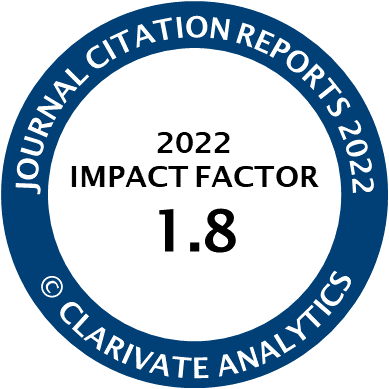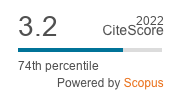Article | Open Access
Enclaving the City; New Models of Containing the Urban Populations: A Case Study of Cairo
| Views: | 2831 | | | Downloads: | 2186 |
Abstract: This article builds on theoretical foundations from enclave urbanism, authoritarian planning and neoliberal urbanisation to explore contemporary socio-spatial transformation(s) happening in Cairo, Egypt. Relying on a nationwide road development project, inner-city neighbourhoods in Cairo are turning into urban enclaves, whereby populations are being separated by a multiplicity of transport-related infrastructure projects. As these rapid planning processes are occurring, our article aims to explain why these developments are crucial and unique in the context of the post-Arab Spring cities. We argue that the new road infrastructure is creating a spatially and socially fragmented city and transforming the urban citizenry into a controllable and navigable body. We use an inductive approach to investigate the effects of the new road infrastructure and its hegemonic outcomes on the city. On a conceptual level, we propose that the enclaving of the city is a containment method that has erupted since the mass mobilisations of the Arab Spring. In doing so, we use qualitative analysis to explain empirical evidence showing how the city is being transformed into nodes of enclaves, where communities are getting separated from one another via socio-spatial fault lines.
Keywords: Cairo; containment; fragmentation; mobilisation; road infrastructure; socio-spatial transformation; urban enclaves
Published:
Supplementary Files:
© Safa H. Ashoub, Mohamed W. Elkhateeb. This is an open access article distributed under the terms of the Creative Commons Attribution 4.0 license (http://creativecommons.org/licenses/by/4.0), which permits any use, distribution, and reproduction of the work without further permission provided the original author(s) and source are credited.




